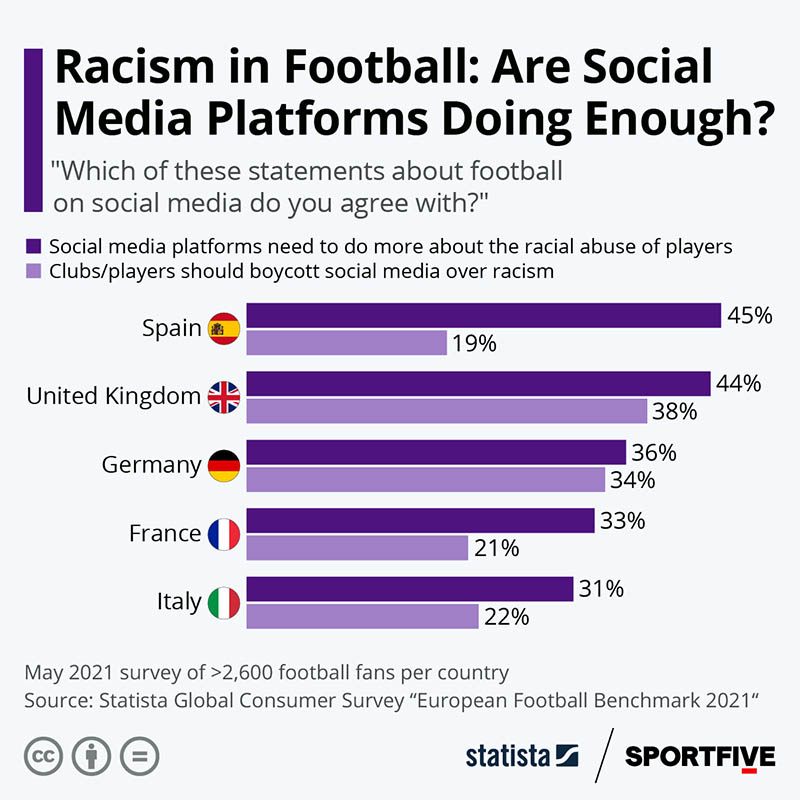Ippei Mizuhara pleads guilty
By Chiedza, June 19 2024The story that had taken many twists and turns since March finally came to an end as Ippei Mizuhara, Shohei Ohtani's former interpreter, pleaded guilty to bank and tax fraud. He admitted that he stole nearly $17 million from the baseball star to cover illegal gambling debts.
Mizuhara also confessed that he evaded tax of more than $1million in 2022. He is yet to be sentenced, but it's said that he is likely to spend about 30 years in prison for bank fraud, and additional time for tax fraud.




